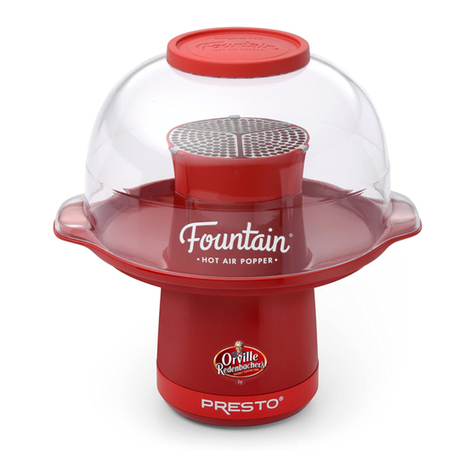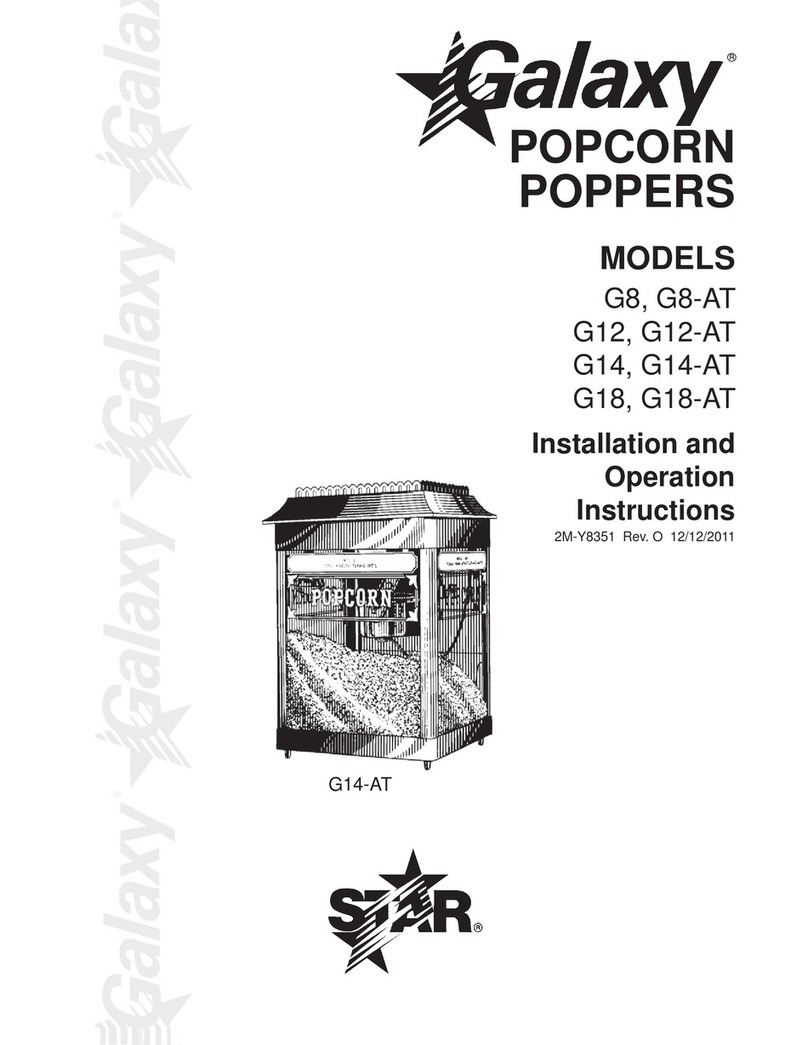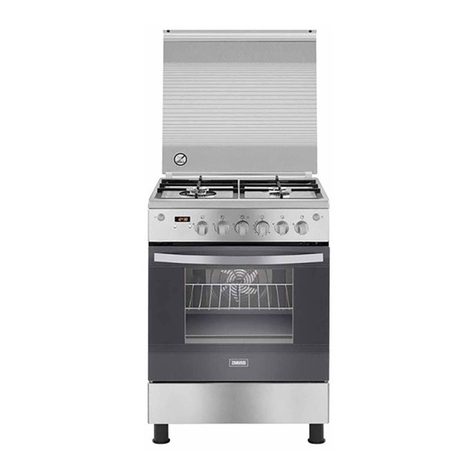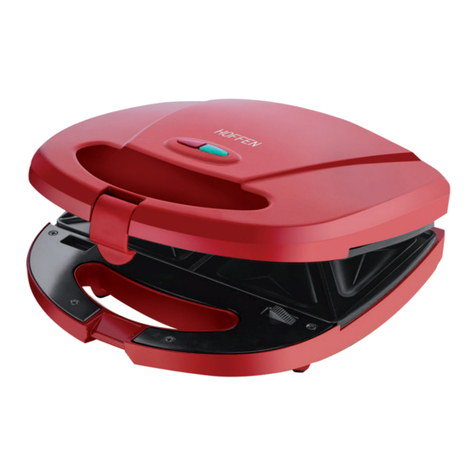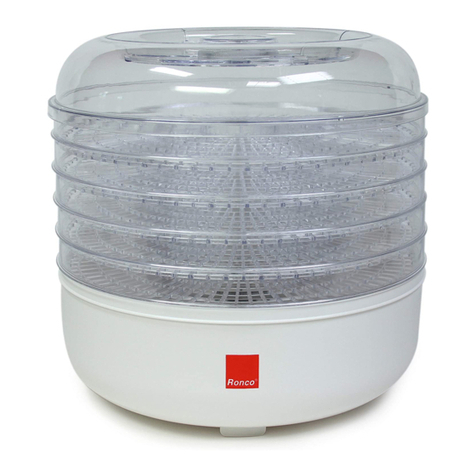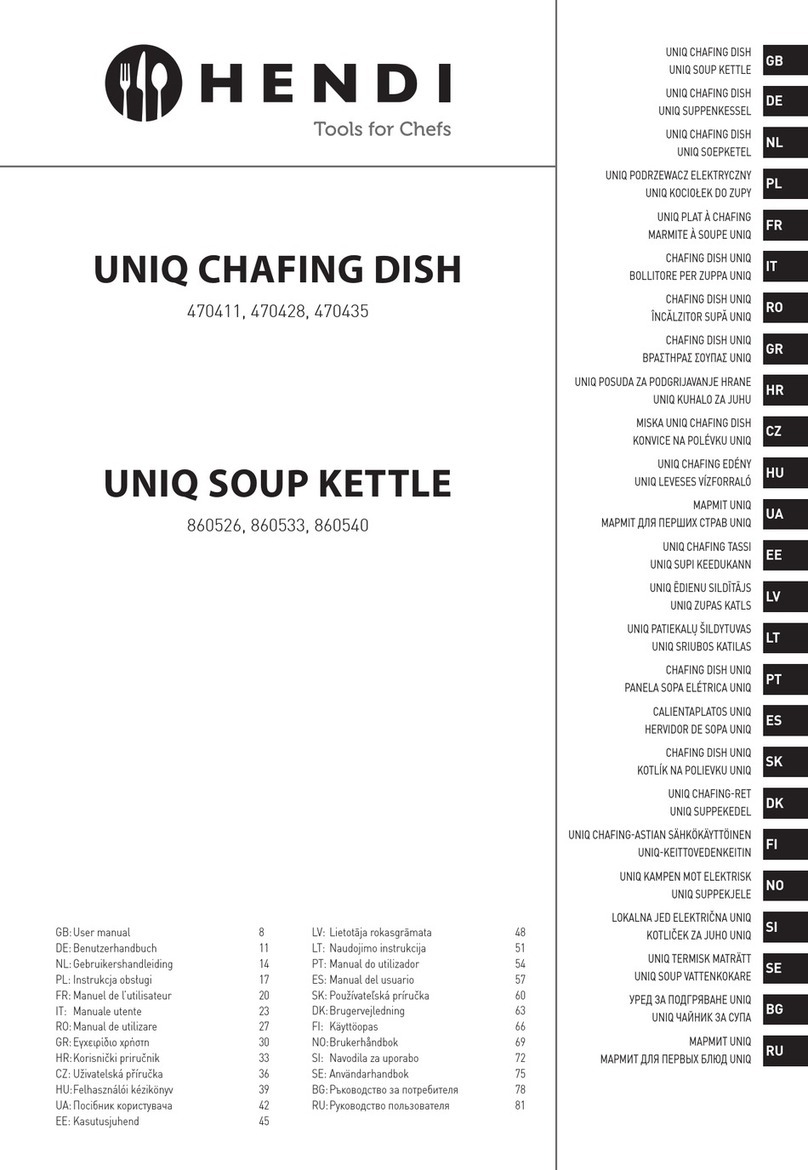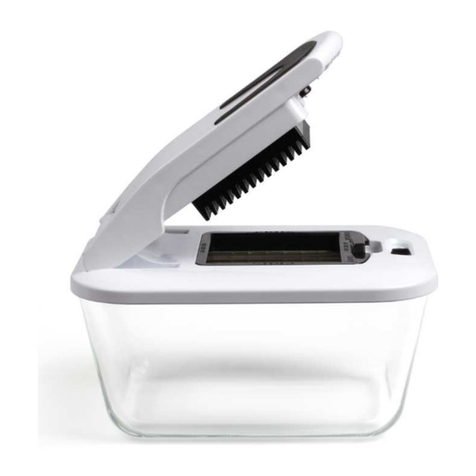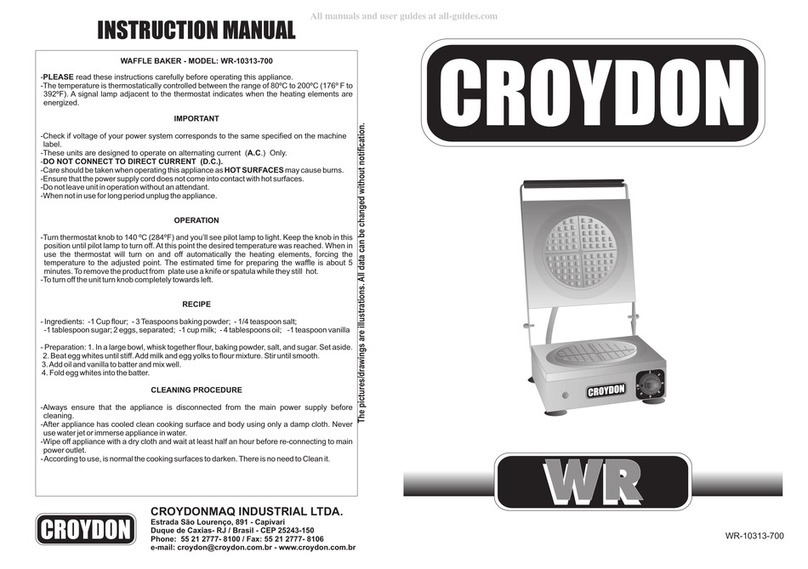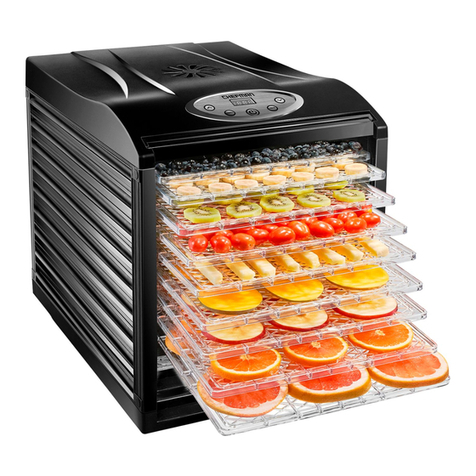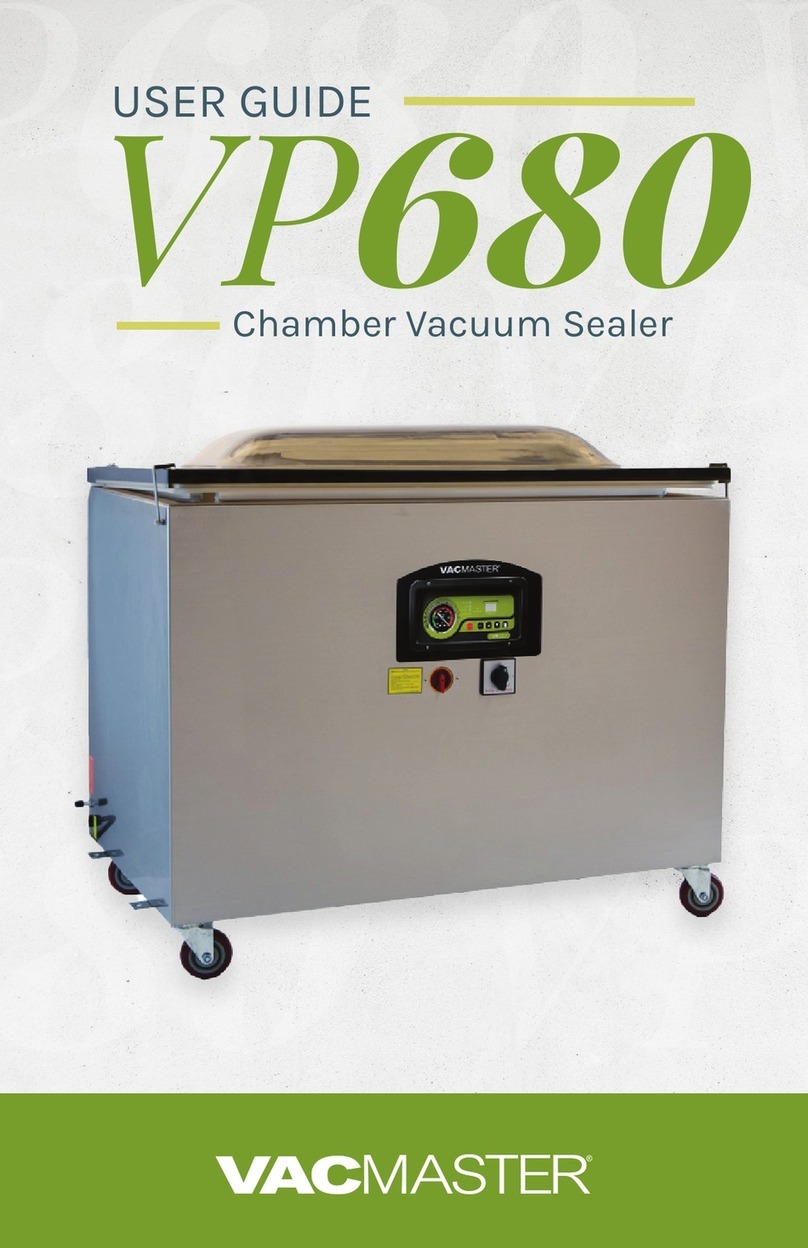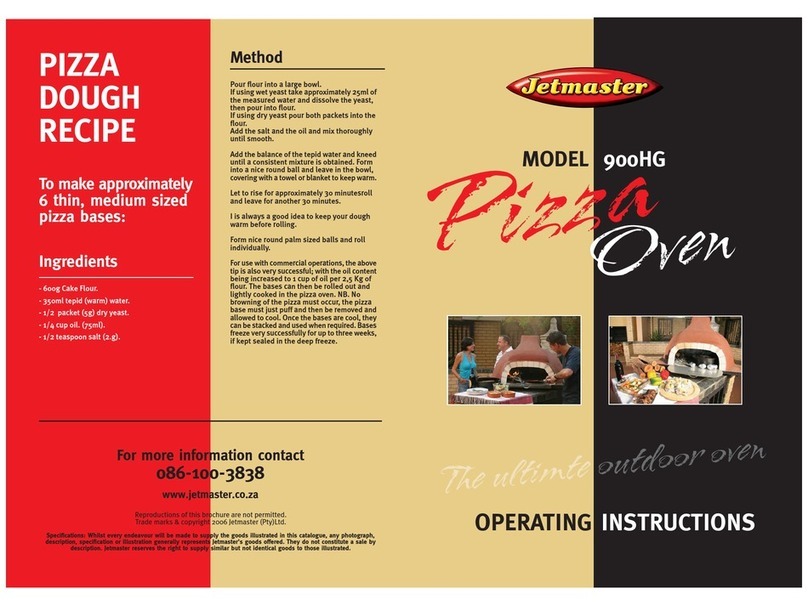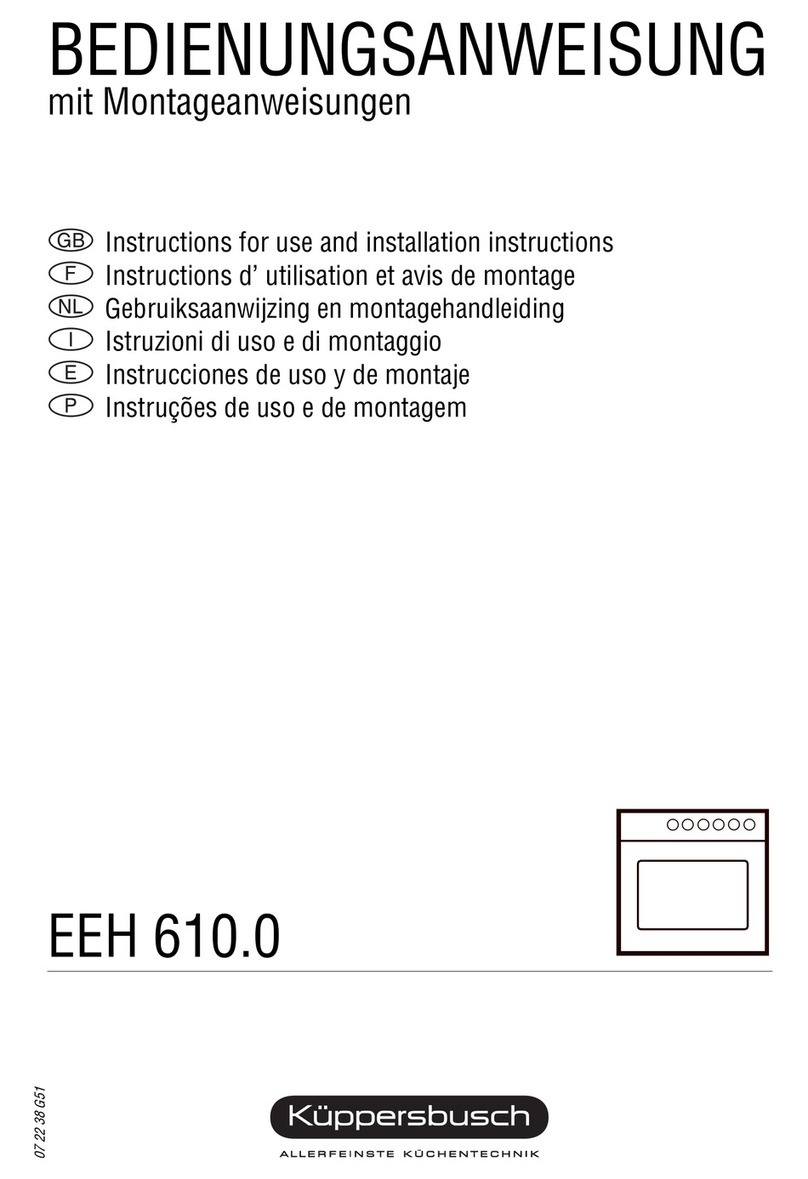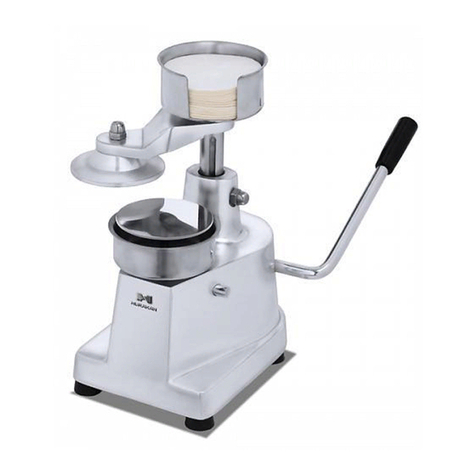How to Make a Bag from Roll
1. Choose suitable roll no wider than 12” and lay open end across the seal bar, making sure the
bags ends do not go past the edge of the machine.
2. Close the lid by pressing firmly on both corners to lock in place.
3. Press the “Seal” button, the following sequence will occur:
Note: If the machine is used in a cold environment, use the “Extended Seal Time” button
before starting to ensure optimum seal.
a. Vacuum cycle begins
b. “Seal” Light comes on, cycle starts
c. Vacuum cycle ends, Lid unlocks and lifts
4. Remove bag from machine and inspect seal.
Note: A good seal will be clear upon inspection. Seals that are spotty, incomplete, wrinkled,
milky, or white colored are inadequate. If this occurs, cut seal portion and restart process at
Step 1.
5. Cut bag on the opposite end of seal to desired length.
6. Follow the instructions below for how to Vacuum and Seal with Bags.
How to Vacuum and Seal with Bags
Note: Press “Cancel” button to stop the machine at any time. If an instant seal is needed, simply
press the “Seal” button.
1. Choose suitable sized vacuum bag no wider than 12”, and place item(s) in bag, leaving at least
3 inches from the contents to the top of the bag to ensure best vacuum sealing
2. Lay the open end of the bag across the seal bar, making sure the bag ends do not go past the
edge of the machine.
3. Close the lid by pressing firmly on both corners to lock in place.
4. Press the “Vacuum & Seal” button to begin the process
Note: If vacuuming fragile or easily crushed items, use the “Pulse” button to manual control the
vacuum process. Repeatedly press “Pulse” on and off a few times until you reach the desired
vacuum pressure.
5. If using the “Pulse” button, press the “Seal” button to manually seal the bag. Otherwise, the
machine will vacuum until it achieves proper vacuum pressure and will automatically go into
seal mode.




